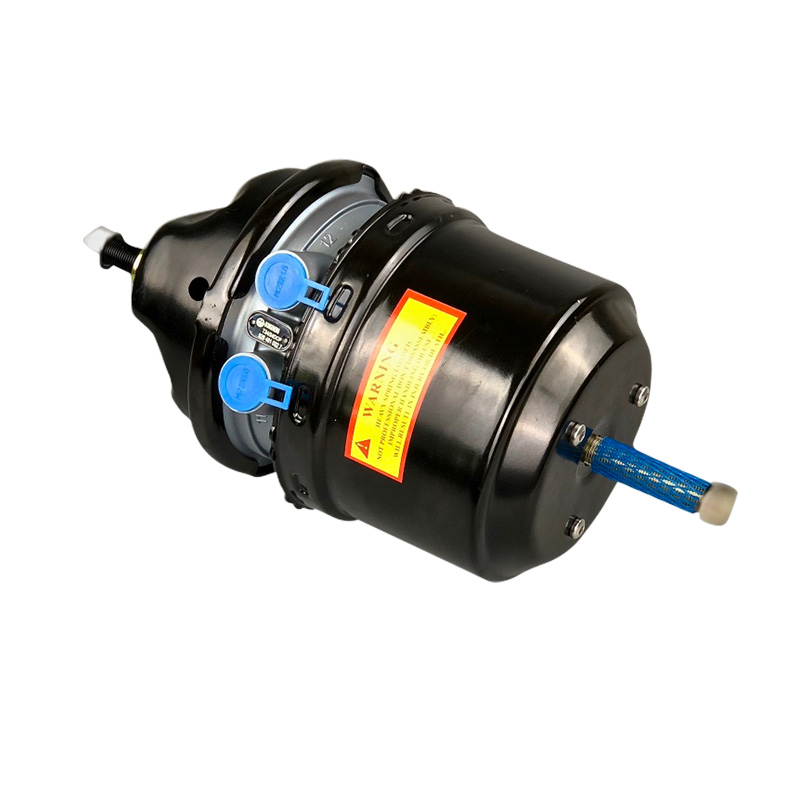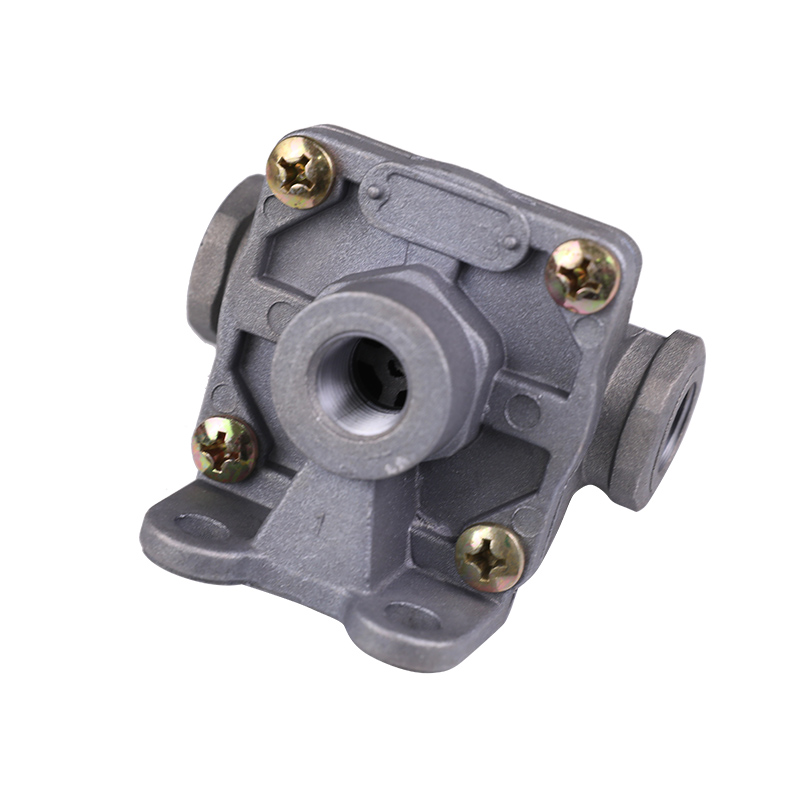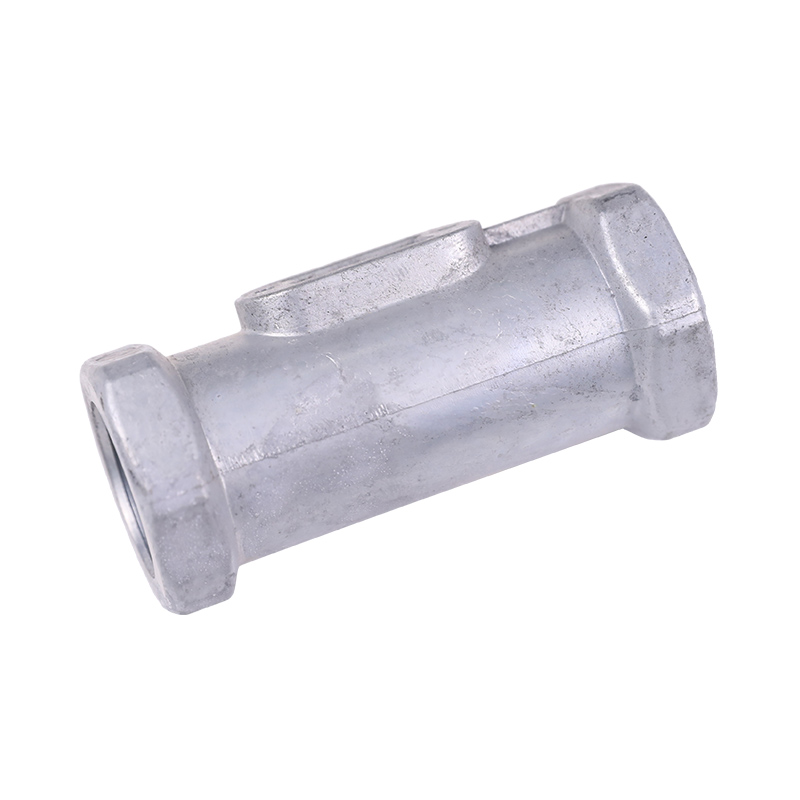The foot brake valve is a vital component of the vehicle braking system, and its performance directly affects driving safety. However, the foot brake valve may have a variety of faults during use, among which leakage, sticking, abnormal pedal travel, and slow response are particularly common.
Leakage is a common fault of the foot brake valve, which usually occurs at the connection between the valve and the pedal, the seal inside the valve, or the brake line. Leakage will cause the pressure of the brake medium to drop, which will seriously affect the braking effect. There are many reasons for leakage, including aging, wear, improper installation of seals, or damage to the brake line. For the leakage problem, first of all, it is necessary to accurately locate the leakage point, replace aging or worn seals in time, and ensure that all connections are securely fastened. If the leakage comes from the brake line, the damaged line must be replaced and other lines must be fully inspected to eliminate potential risks.
The stuck fault of the foot brake valve should not be ignored either. The stuck phenomenon is usually caused by the presence of impurities, sediments or foreign matter inside the valve, which makes the valve unable to open and close normally. In addition, wear, deformation or damage to the valve components may also cause stuck. This fault can cause a delay or failure in the brake response, which seriously threatens driving safety. To solve the problem of sticking, the inside of the valve needs to be thoroughly cleaned to remove all impurities and deposits. If the valve assembly is damaged, it is necessary to replace the new assembly and ensure accuracy during installation to prevent sticking again.
Abnormal pedal stroke is also a common problem with foot brake valves. Too long pedal stroke may be caused by fatigue, wear or improper adjustment of the spring inside the valve, while too short stroke may be caused by the sticking of the internal components of the valve or excessive pressure of the brake medium. Abnormal pedal stroke will affect the driver's perception and control of the braking force, thereby reducing braking performance. To address this problem, fatigued or worn springs should be checked and replaced, and the position and clearance of the internal components of the valve should be adjusted to ensure that the pedal stroke meets the standards of the vehicle manufacturer.
Slow response or failure is another serious fault of the foot brake valve, which is usually closely related to damage to the internal components of the valve, electrical connection failure or control system failure. This type of fault can lead to a significant decrease in braking performance or even a complete loss of braking ability, which greatly threatens driving safety. In order to solve such problems, it is necessary to conduct a comprehensive inspection of the internal components and electrical connections of the valve, replace damaged components, and repair or replace the faulty control system. At the same time, regular maintenance and inspection of the foot brake valve can timely detect and deal with potential faults and ensure the reliability of the brake system.






